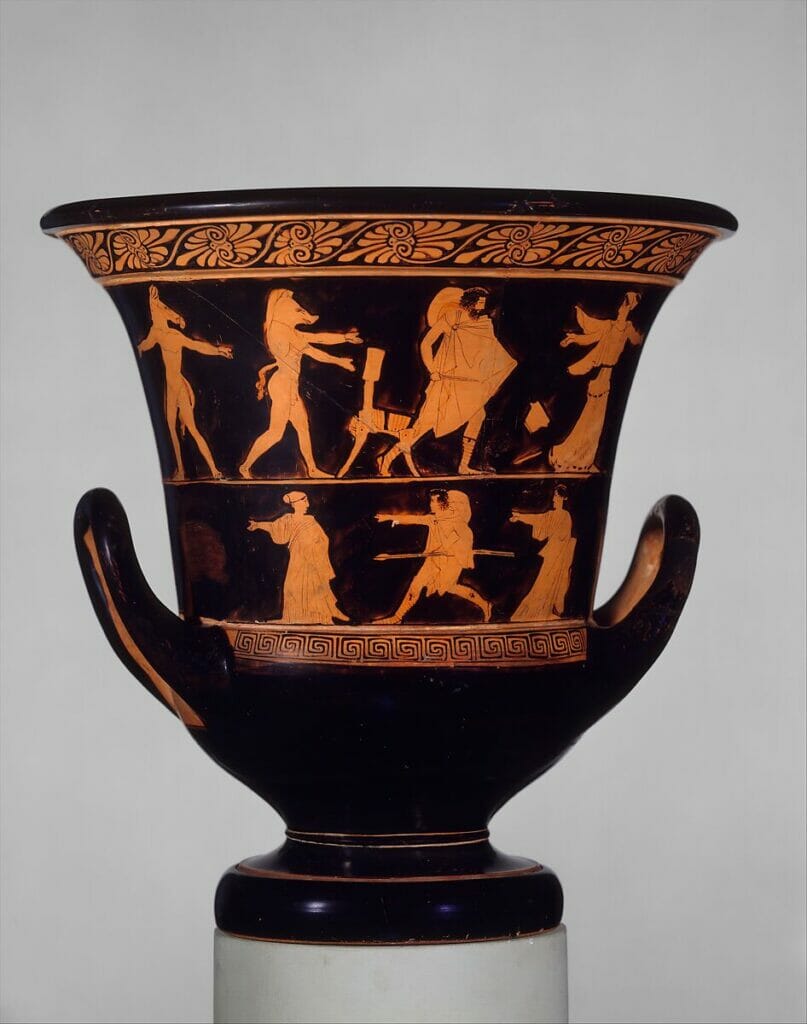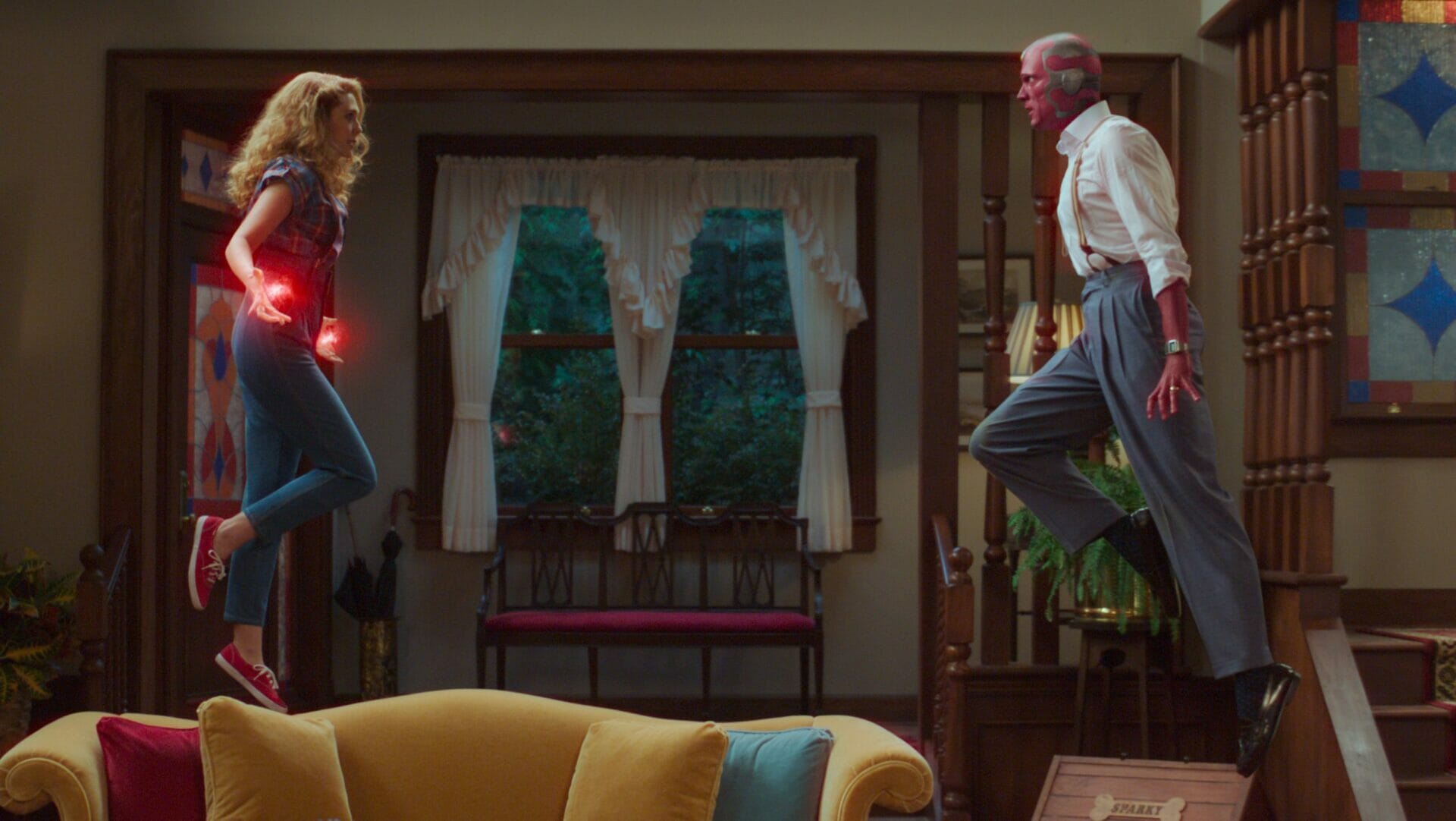
The Witches' Sabbath | Witches of yesterday and today
Artist
Country
Format
Material/Technique
Dimensions
Born in Naples in 1615, Salvator Rosa was an Italian painter, engraver, poet, and author of seventeenth-century satires. It was a time when Italy was a collection of independent city-states, and Rosa first trained in Naples, much influenced by the well-known Spanish Baroque artist Jusepe de Ribera, with whom Rosa’s brother-in-law trained. He moved to Rome, yet after writing satires that were perceived as being critical of the authorities in the city, including the great sculptor Lorenzo Bernini, Rosa was forced to flee and take refuge in Florence in 1640. There, Cardinal Giovan Carlo de’ Medici, a scion of the powerful family, looked after him. A trip to Rome in 1650, via Naples, heralded Rosa’s death in 1673.
The night of the witches
Salvator Rosa was an early exponent of Romanticism, the artistic and literary school that was to spring out of the celebration of feelings, nature, the rights of the individual that proved popular in the late eighteenth and early nineteenth centuries. His eye for figures, his self-portraits and his landscapes of a rebellious, untamed nature, often featuring classical and religious figures, became his signature style.
Between 1640 and 1649 he painted one of the best-known portrayals of the rituals of witchcraft, which is now on display in Houston, Texas, at the Audrey Jones Beck Building. The Witches’ Sabbath is an example of how black magic and witchcraft are themes that often fascinated the painter, partly based on the Neapolitan religious traditionalism and awareness of the occult, partly because witchcraft and the popular fear of witches was widespread in the religiously-charged Europe of the time.

Northern European artists such as Leonard Bramer and the Dutch painter Jacob van Swanenburg – who taught Rembrandt – included the theme among their art. Rosa’s other works on the subject include
the painting on display at the National Gallery in London, entitled Witches at their Incantations, which was done for the Florentine banker and collector Carlo Rossi around 1646. Rosa also wrote about witches in verse, as in the satirical ode La Strega (The Witch) which talks about the curse cast by a witch on a man who has not reciprocated her love.
La Strega
“In quest’atra caverna,
ove non giunse mai raggio di sole,
dalle tartaree scuole
trarrò la turba inferna:
farò che un nero spirito
arda un cipresso un mirto.
e mentre a poco a poco
vi struggerò l’imago sua di cera,
farò che a ignoto foco
sua viva imago péra,
e quando arde la finta arda la vera.”
Witches in Art
Between the 15th and 16th centuries, many painters chose witches and their rituals (Sabbahs) as subjects to portray. This accompanied the many references in Egyptian culture, the Bible, and Greek culture, and prominent in the latter are the sorceresses Medea and Circe.

The word Sabbah, understood as a gathering of witches, some demons, black spirits, first appears in the Middle Ages: witches would perform their rituals and spells, while popular belief was that some witches would have sex with the Devil himself, who appeared in the form of a goat. It was the famous Spanish painter Francisco Goya who depicted this ritual between 1820 and 1823 in his work Witches’ Sabbath, or the Great He-Goat, which hangs today at the Prado Museum in Madrid.
The goat figure actually represents the pagan Horned God, or the fusion of ancient deities such as Cernunnos, the Horned God of the Celts, with the Greco-Roman deities Pan and Dionysus. It is thought that from this horned mythological figure came the image of the Devil who is the mythical figure of evil in Christian texts, thus casting a shadow over those who practised pagan religions.
The concept of the Sabbaths
The most widely-known and popularly used meaning of the word ‘Sabbath’ is that denoting a religious day of rest in the Jewish calendar, with the word deriving from the Greek ‘sabbaton’ or rest, itself etymologically linked to the Hebrew ‘shabbath.’ A sub-derivation of the word, via the French ‘sabbat,’ has come to mean a gathering of witches and demons where they performed their rituals. The ‘h’ has become included erroneously over time. The Canon Episcopi, meanwhile, was a text in 12th-century canon law that described pre-Christian, pagan rituals intended to instruct bishops on the attitude they should take toward witchcraft, and it went so far as to describe nocturnal encounters between certain women with the Greek and Roman Goddess Diana, the pagan deity of hunting, the moon and the countryside.
The Witches 2.0
Just as witches were once the subject of many works of art, today, they are the subject of many other kinds of works, especially in popular culture. The influence is linear, stretching from Shakespeare’s Macbeth, the Chronicles of Narnia, up to such modern films as The Witches of Eastwick, Susperia and Stardust. Then there are Hocus Pocus, Charmed, and The Chilling Adventures of Sabrina. Last but not least, director Tim Burton also talks about these creatures in the new Netflix series Wednesday. Charmed, meanwhile, is a fantasy TV series that aired between 1998 and 2006, then returned in 2018 in an incarnation that continues to this day.
Conceived by Constance M. Burge, Charmed chronicles the adventures of the Halliwell sisters, Prue (Shannen Doherty), Piper (Holly Marie Combs), Phoebe (Alyssa Milano), and from the fourth season, the fourth sister Paige (Rose McGowan) also takes over. Endowed with powers dating back to the prophecy of the “Book of Shadows,” the Halliwell sisters are destined to become the most powerful witches in history. Broadcast in fifty-five countries, Charmed is considered one of the most popular fantasy series ever; at the end of the eighth season that aired in 2006, it was awarded, among others, the Academy of Motion Picture Arts and Sciences award for the title of the longest-running female-led TV series in history.
So one thing is for sure, the world of witchcraft, with its mysteries and shadows, continues to fascinate and make people talk about it. The same magic once portrayed by Salvator Rosa in his works is now being brought back to small and big screens, intriguing an ever-growing audience, enchantment or spell?
Tag
Buy a ☕ for Hypercritic









